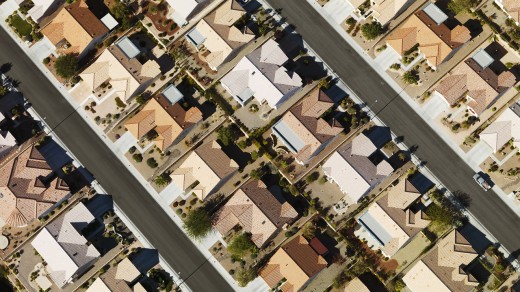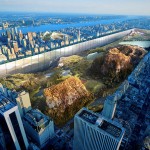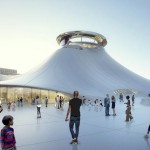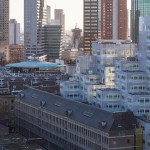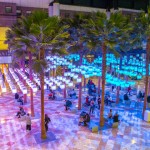The Cost Of Bad Urban Design: $1 Trillion A Year
A new study from the Victoria Transport Policy Institute pinpoints the cost of the U.S.’s sprawling development.
Exactly how much does America’s sprawl cost every year? Somewhere in the range of a trillion dollars, according to a new research paper.
As part of an international research initiative called the New Climate Economy, Todd Litman, a scholar at the Victoria Transport Policy Institute, investigated the cumulative economic impact of the U.S.’s predilection for wide swaths of low-density suburban development.

About $400 billion of this economic cost is borne by the general population, not just those who live in sprawling places and drive more, according to the report. Air pollution, traffic congestion, and more expensive public services aren’t the result of people wanting bigger homes farther away from their jobs, but of government policies that subsidize this type of development, such as mortgage and transportation policies. The rest of the $1 trillion figure comes at a cost to the people who live in sprawling regions, who have to pay more in gasoline and car maintenance, spend valuable time in traffic, and pay more to pump utilities and maintain police and firefighting forces for relatively few people across farther distances. Sprawl raises the cost of providing infrastructure and services to residents by 10% to 40%, according to the report.

Litman’s model isn’t exact. It doesn’t take into account the cost of building new infrastructure to support denser cities (like the transportation system required to support a non-driving America), or the increased cost of housing many suburbanites would face if they moved downtown. (And traditional notions of Manhattan-esque density aren’t always the answer.) But he’s not the first to point out that from the standpoint of both health and an economics, living in sprawl is bad for us.
For the U.S. to become more economically efficient, cities designed around sprawl need to be retrofitted to make walking and biking more appealing (and safe). We could use fewer McMansions and more apartments and townhouses that replicate the community-building aspects of suburban neighborhoods with front porches and neighborhood parks. Bad urban design isn’t just an eyesore, it’s eating away at our wallets.
[via Washington Post]
[Top Photo: iofoto via Shutterstock]
Fast Company , Read Full Story
(183)

